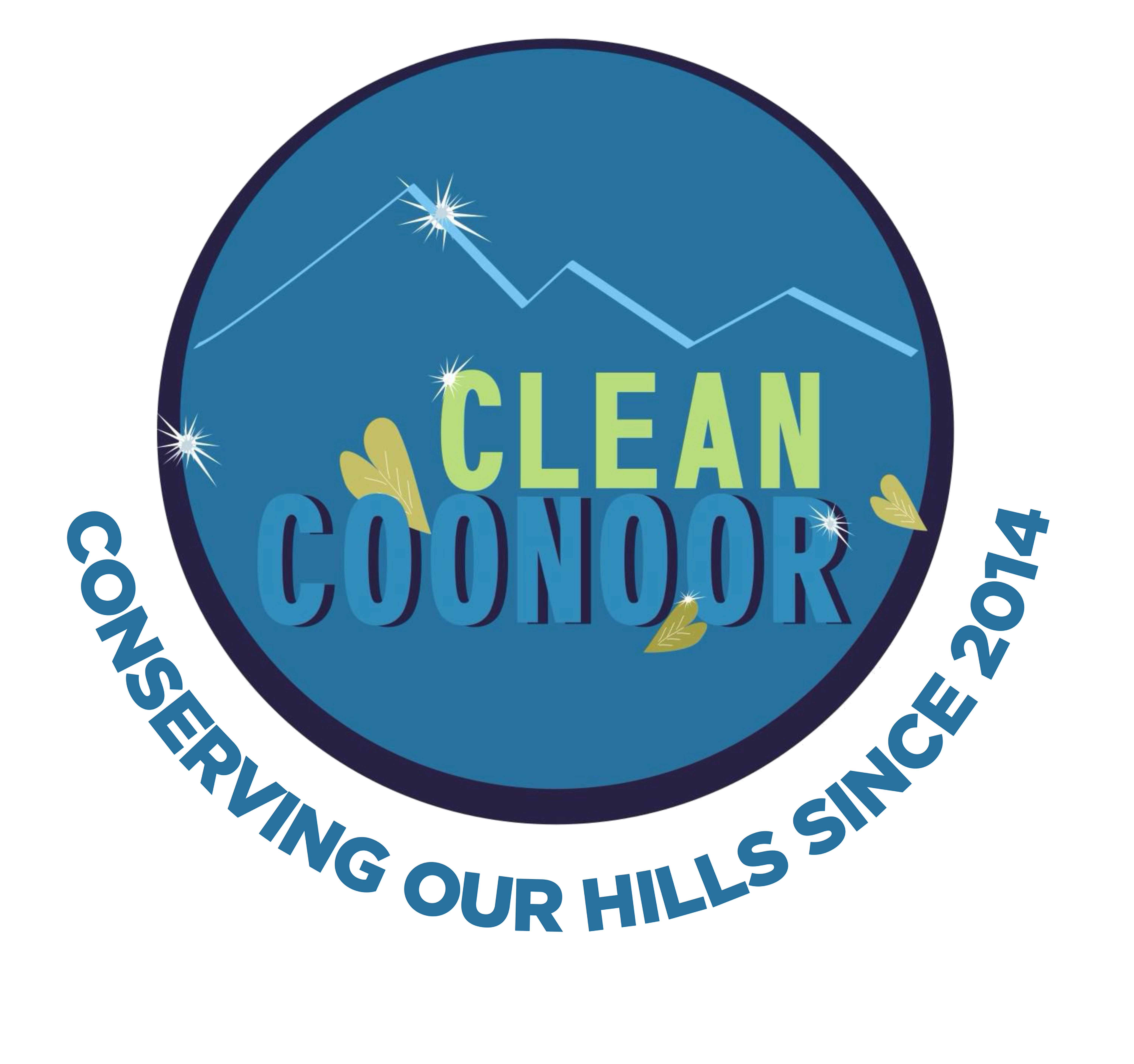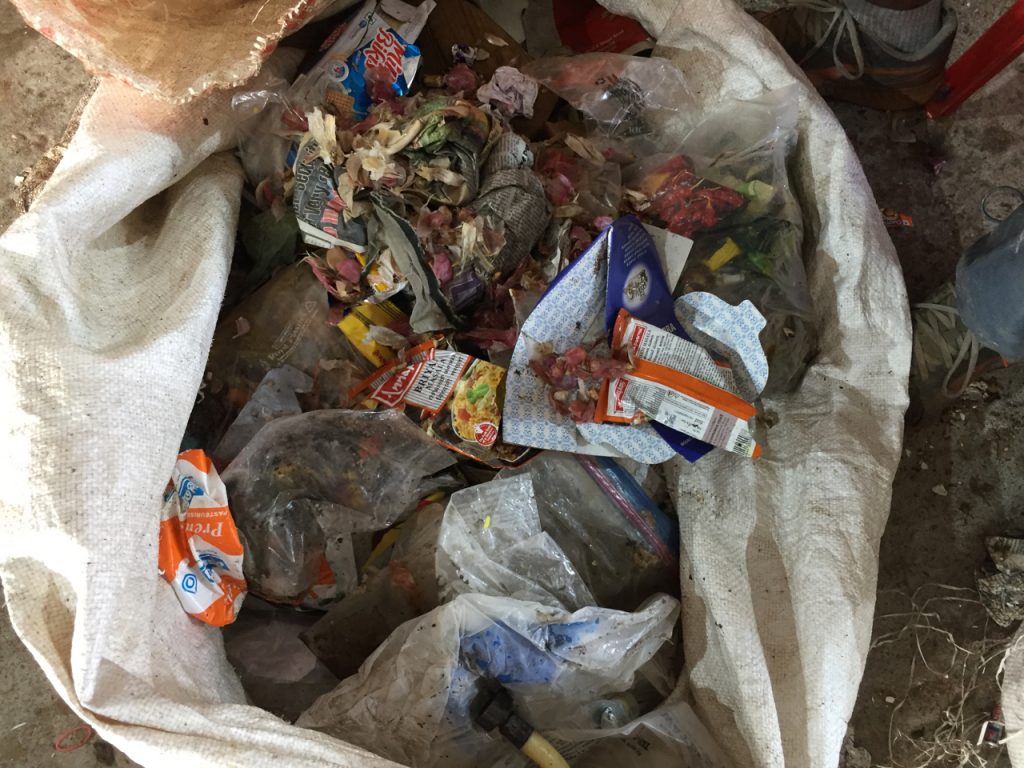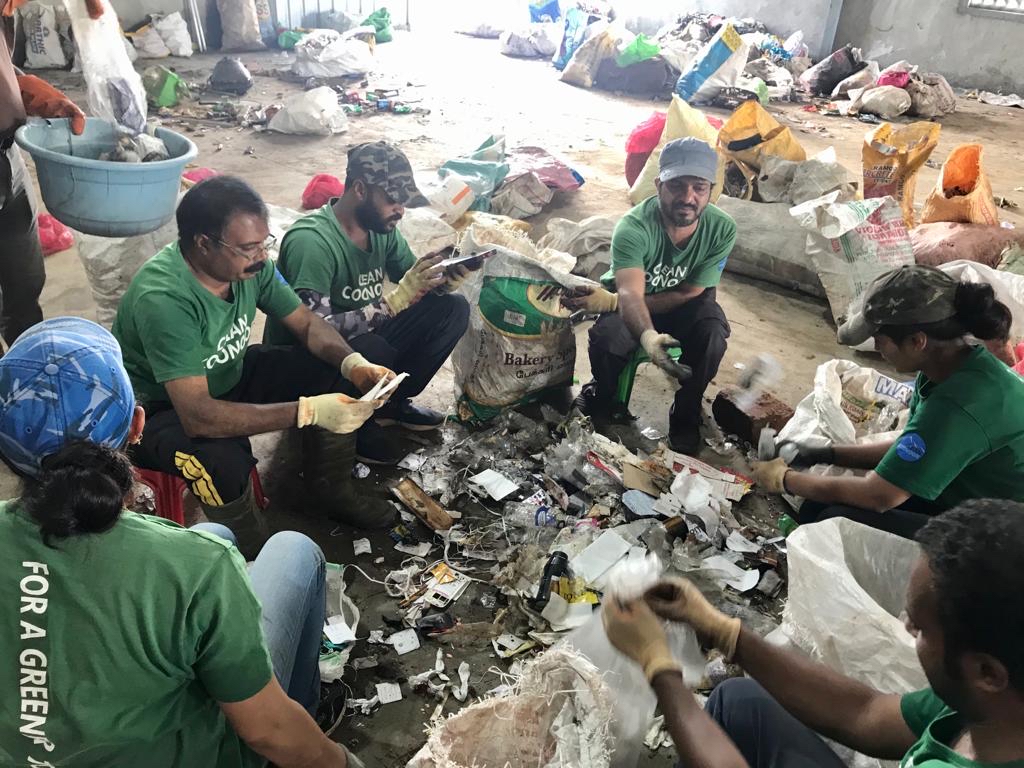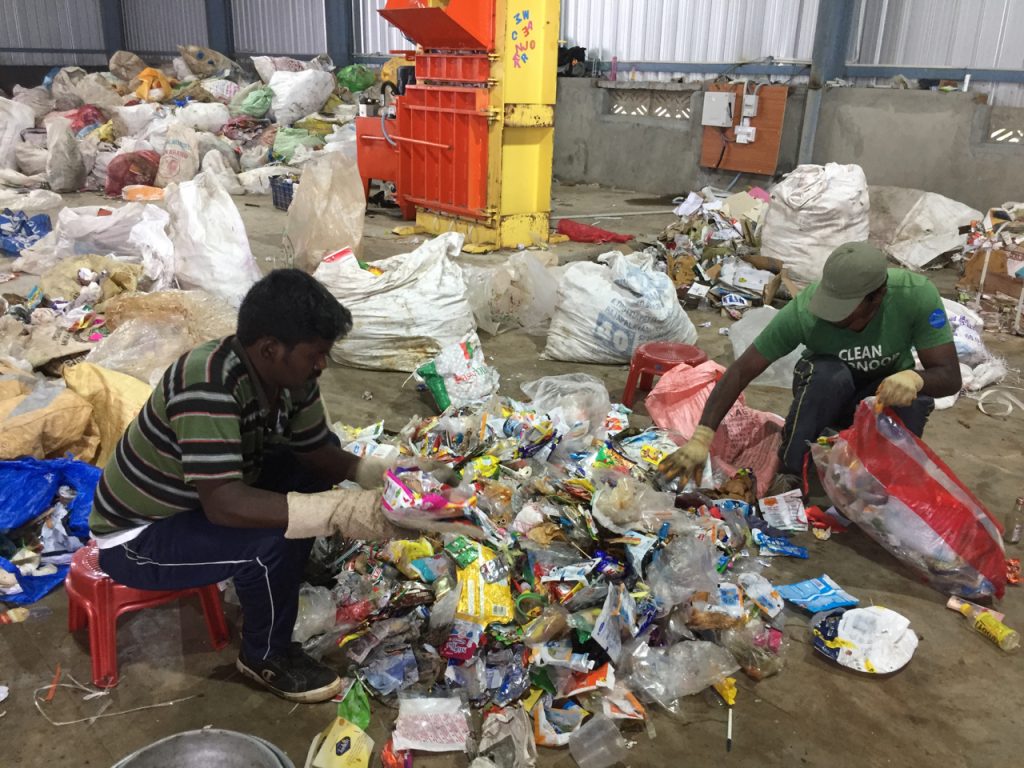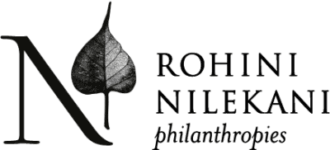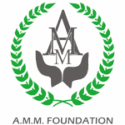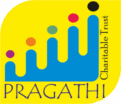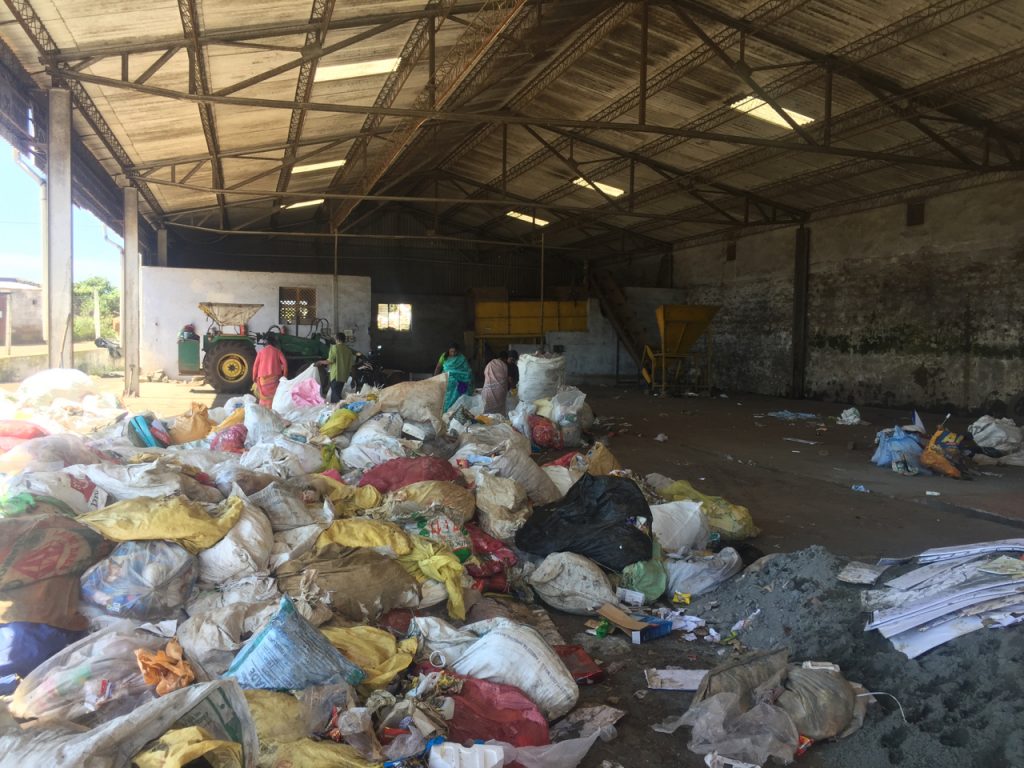
A month has passed since the Waste Management Park at Ottupattarai became functional. Clean Coonoor is pleased to state that around 24,173 kgs of solid waste has been handled by its volunteers since its inception.
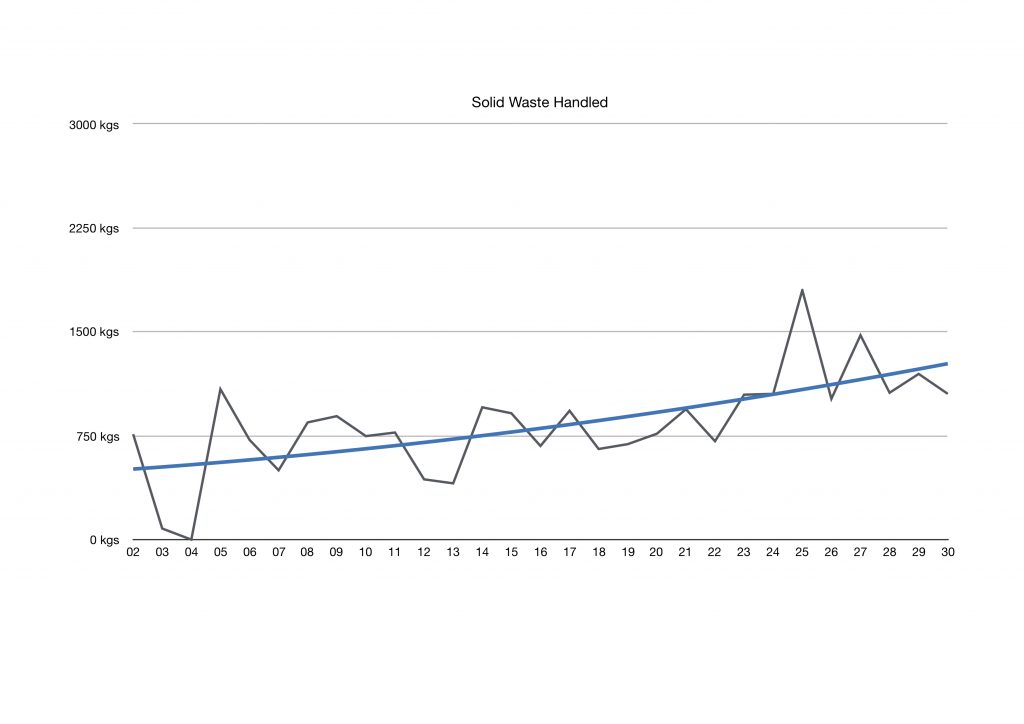
Although segregation at source is in force, mixed waste to the tune of about 40% still continues to come in, and for this purpose it has been decided to run the unit as a Mixed-Waste Processing Facility (MWPF).
Such a unit which is also referred to as a Dirty Material Recovery Facility (Dirty MRF), accepts a mixed solid waste stream, and then proceeds to separate out designated recyclable materials, through a combination of manual and mechanical sorting.
A dirty MRF is expected to recover between 5% and 45% of the incoming material as recyclables, and the remainder is either landfilled or otherwise disposed.
The designated recyclable material identified here, are left-out unsalable plastics, paper and cardboard, rubber & leather goods such as footwear and such, glass bottles, and e-waste.
We are happy to announce that 44.8% of recyclables, 10,810 kgs out of the total load handled, have been recovered at the Waste Management Park.
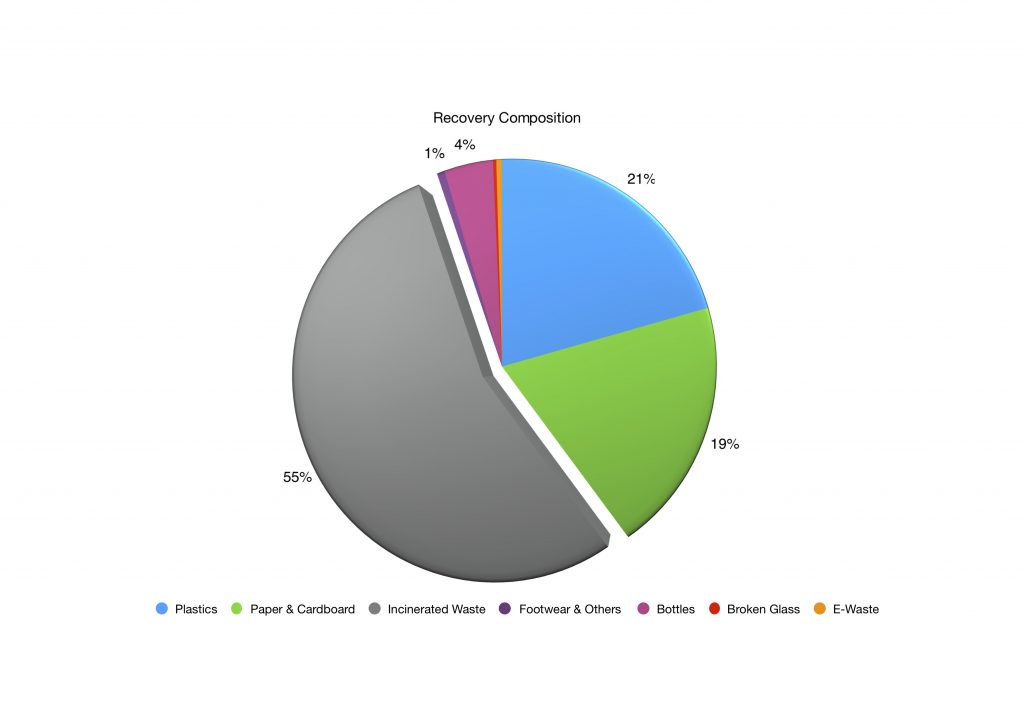
Of the material recovered, plastics account for 4,986 kgs, paper and cardboard around 4,613 kgs, and rubber and leather goods around 153 kgs. Glass bottles and e-waste make up the rest.
Taking into mind the town’s population, Clean Coonoor plans to triple the tonnage handled per day, the present daily average being just 863 kgs. This will be done by creating awareness among the population that all kinds of trash will be collected by the municipal staff during their door-to-door collection circuits. An increase in the quantum of sanitary napkins, diapers, rags and old clothes, broken glass and such, and e-waste, is also deemed to be necessary.
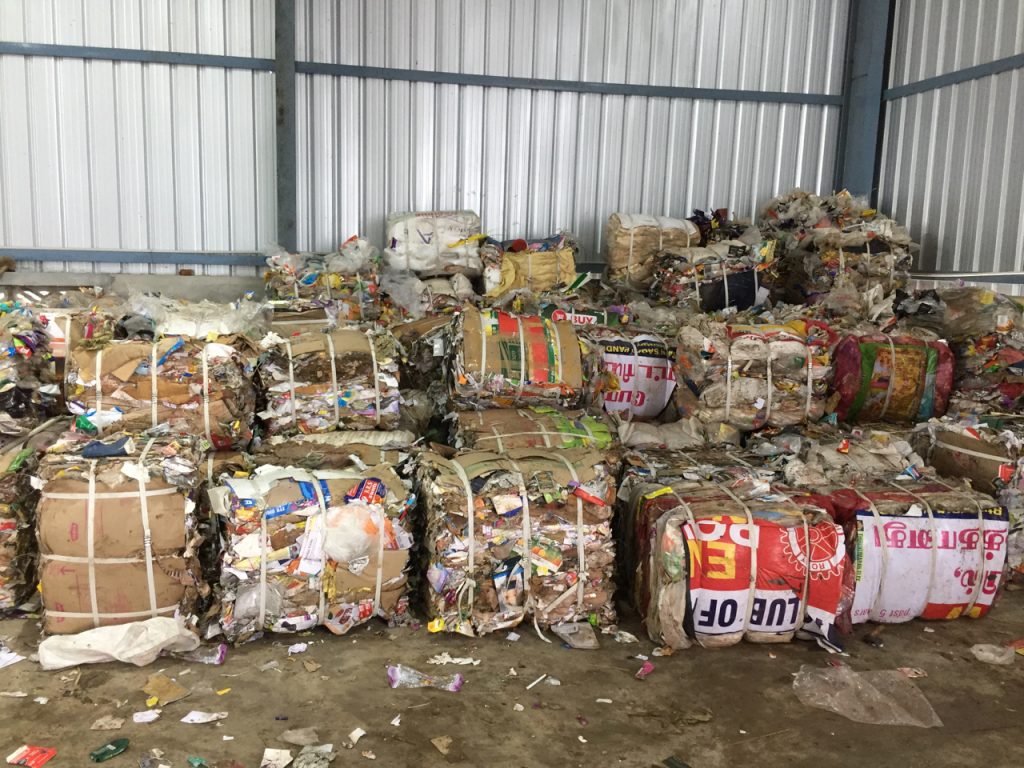
The sorted recyclables such as plastics, paper and cardboard, amounting to 9,599 kgs, have been made into convenient bales. They along with other recyclables will soon be despatched to reprocessing units. Inert waste such as unusable glass and the ash generated from incineration of residuals will be used for landfills.
The next logical step would be to take the Waste Management Park to the level of a Clean MRF which has a recovery rate of 90%. This can be done only by focussing on better segregation at source.
